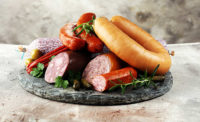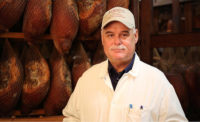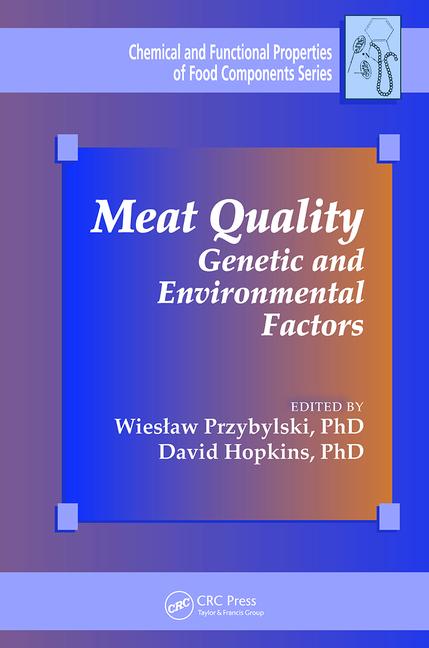Humane handling is critical for small processors
Enforcement actions for mis-stunning or mistreatment are avoidable with proper equipment and proper training.

The demand for slaughterhouses is soaring, as producers are looking to reach new customers through direct marketing and farmers' markets. Companies that slaughter cattle, pigs and other livestock are booked up for months on end, and the demand for slaughter services is so high that processors may be interested in adding slaughter capabilities or building new packing plants.
While there are great opportunities in slaughtering livestock, it requires a financial investment in proper facilities and equipment, as well as employees who must be properly trained. There must also be a high degree of accuracy, as a mis-stun or incident of inhumane handling could result in an enforcement action report. Those reports end up in a publicly available database on the USDA website and remain there for a full calendar year. So, long after the investigation is complete and the slaughter activity resumes, the report of the improper incident remains online.
Dr. Terry Houser, associate professor and extension meat specialist at Iowa State University, reviews that list a couple of times a year, looking for common factors.
“Generally, 80 to 85 percent of them are stunning failures. What I mean by that is that they use multiple attempts to stun, which is against the Humane Slaughter Act,” he says.
Houser adds that he hears from many processors who are still using firearms to dispatch livestock. Depending on the animal, it’s not always an effective method.
“Depending on the size of the animal, we don’t always get a good stun, especially with beef. There’s a lot of research out there that shows that .22 long rifles just do not have enough hitting power,” he says, adding that scarcity of ammunition can also be problematic.
Instead of guns, Houser recommends getting a knocking gun instead, as that’s a more reliable stunning method.
“They work, they have pretty reliable hitting power as far as getting that animal euthanized correctly, and more importantly, no employees get shot with stray bullets. I’ve had several processors tell me that they’ve had people shot in their plant from ricocheting bullets,” he adds.
Proper animal handling starts before the slaughter stage or course. USDA rules state that when a trailer of livestock shows up at a processor’s facility, that trailer becomes a part of the facility. Therefore, if a truck driver beats the animals or uses an electric prod excessively, it becomes the plant’s problem.
“The one thing I encourage people is, don’t let somebody unload livestock if you don’t know what they’re doing, because if they mishandle that livestock, that’s going to be your problem as a plant owner. Just have them back it up to the loading dock and you unload it, since you’re the one who is going to pay the price if something bad happens,” Houser says.
There is no reason to use electric prods, particularly when there are methods that are more humane. Workers needing to guide animals into a holding pen can use a rattle paddle, a flag, or even a noisy plastic shopping bag, Houser says.
“If you do have to use the electric prod a lot, there’s something wrong with your facility that you probably need to address,” he adds.
Looking for a reprint of this article?
From high-res PDFs to custom plaques, order your copy today!









